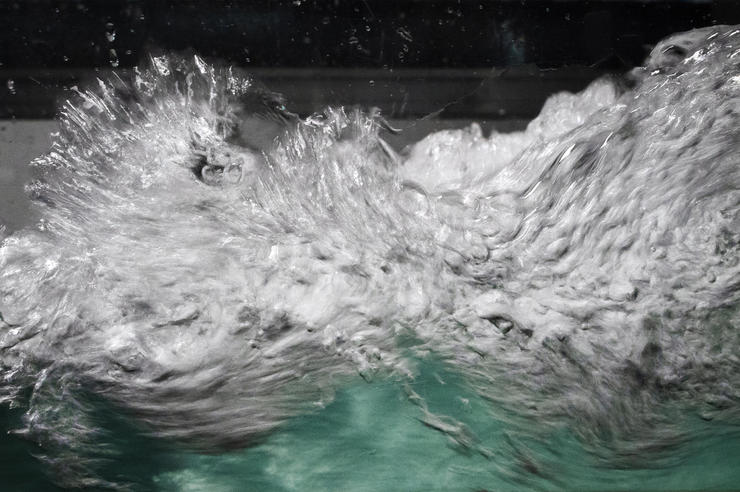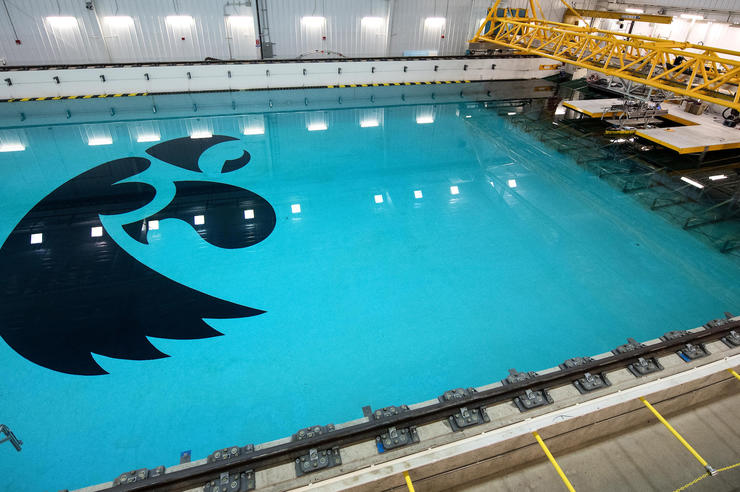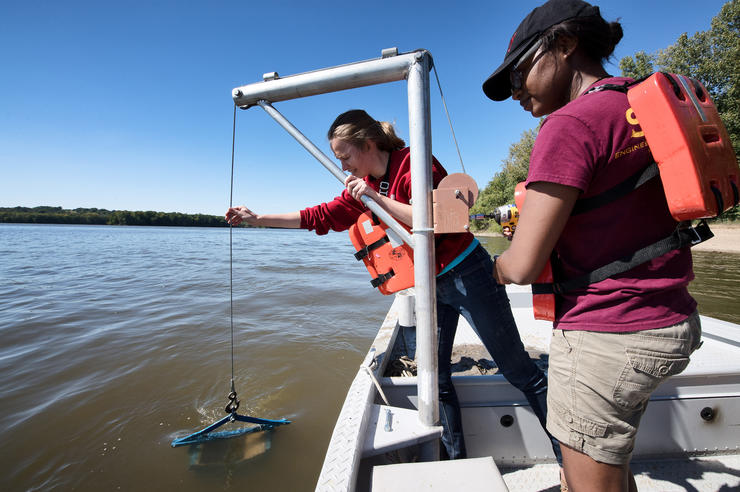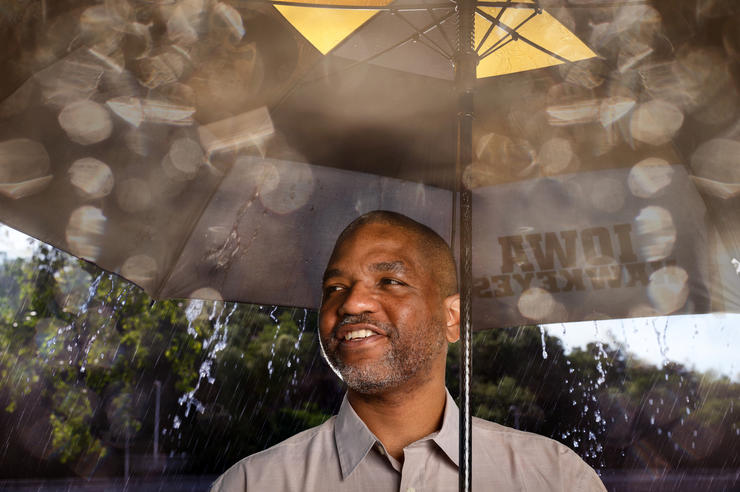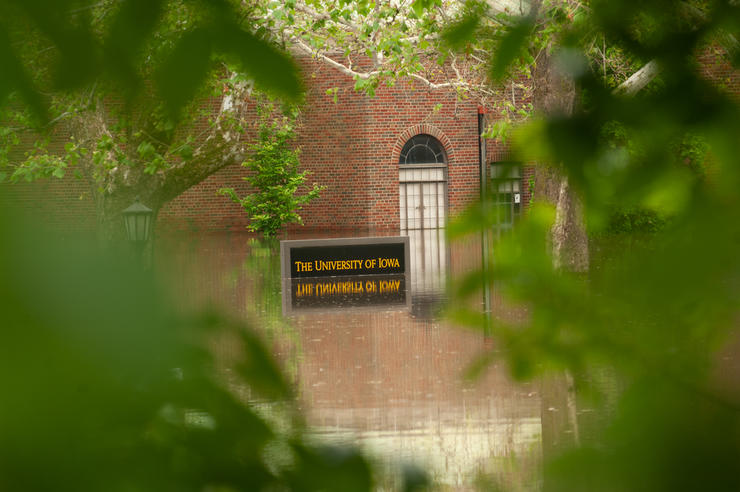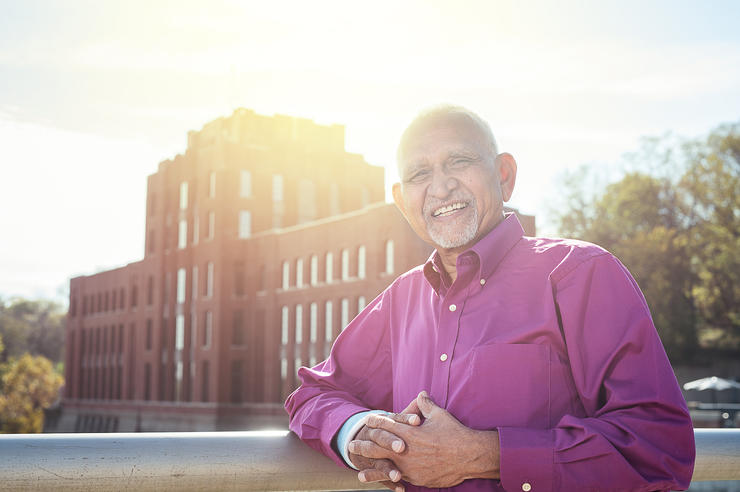A lasting legacy on the banks of the Iowa
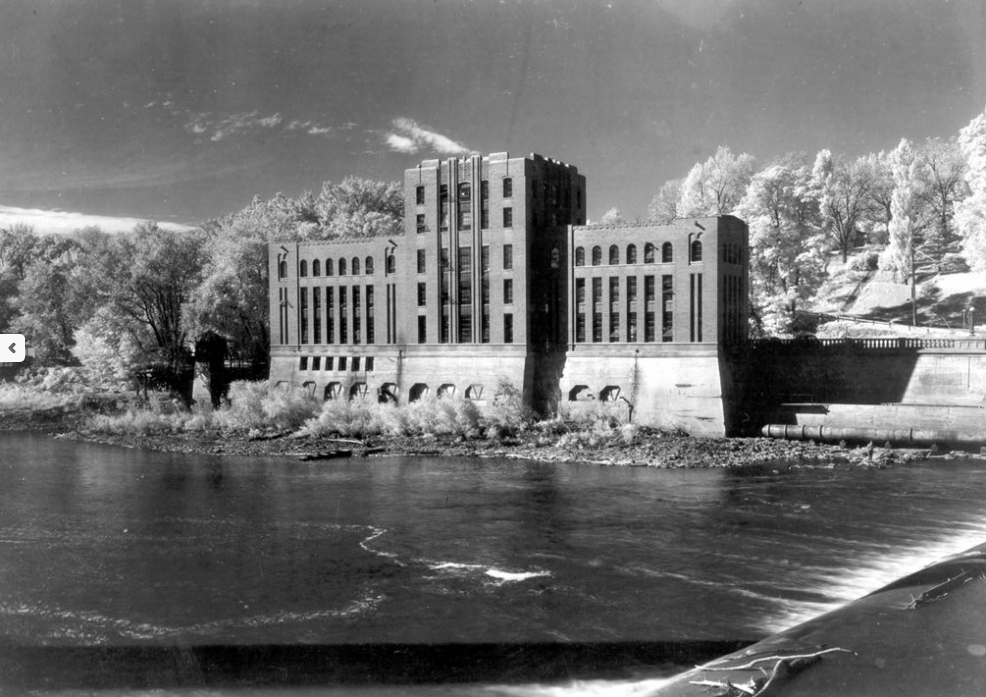
Hydroscience research at the University of Iowa began in 1920 in a 500-square-foot laboratory on the Iowa River. Humble beginnings, one might say, but Iowa was quick to tackle important projects related to hydroscience and engineering, and continues these ambitious pursuits nearly a century later. Below you’ll find some of the highlights of Iowa’s work in the important area of hydroscience.
A small brick cubicle above a flume next to the Iowa River became the first hydraulics laboratory at the University of Iowa. This laboratory provided the setting for Iowa’s first research and classes in hydraulics.
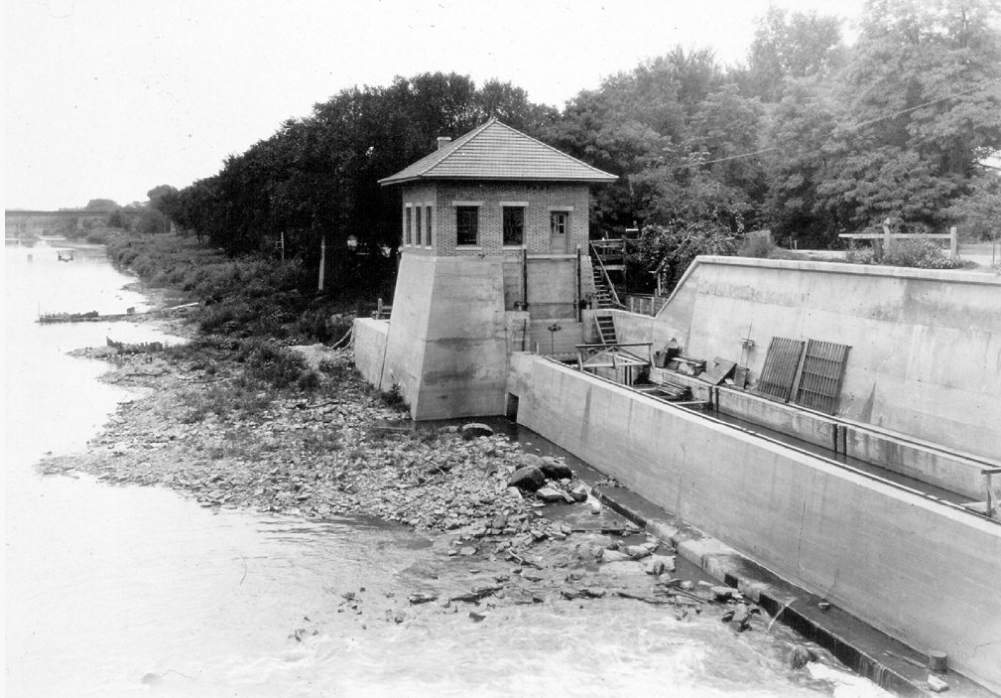
In 1924, the Hydraulics Lab demonstrated its ability to measure the Mississippi River’s flow at the Keokuk Dam spillways, initiating a history of Mississippi River research that continues to the present day.
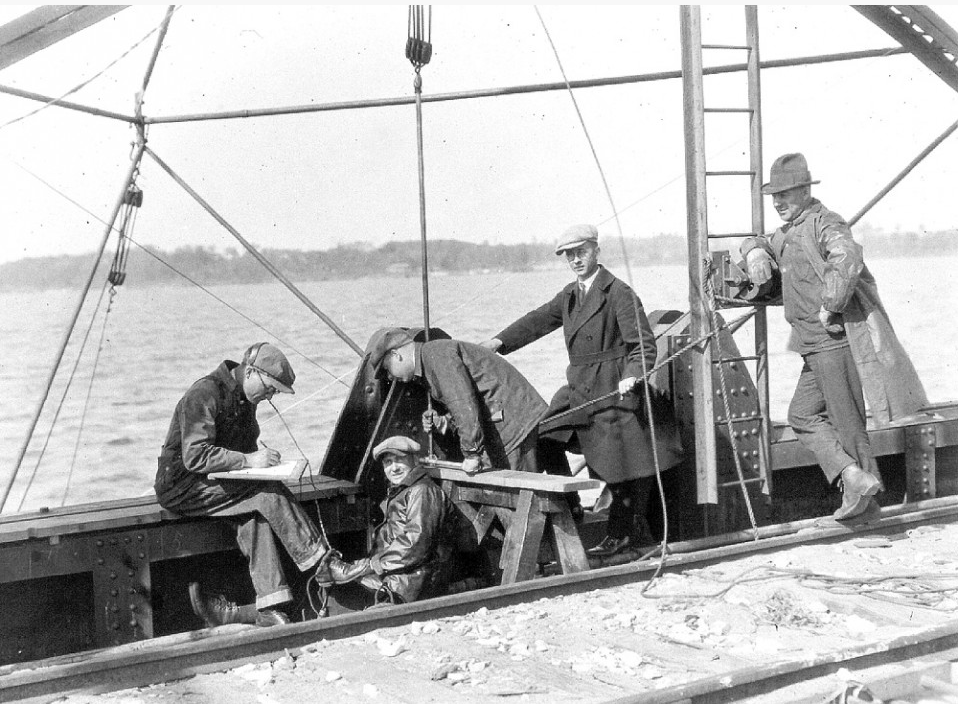
IIHR’s hydraulic modeling efforts are instrumental in planning the current 9-foot-deep navigation channel of the Upper Mississippi River with its locks and dams.
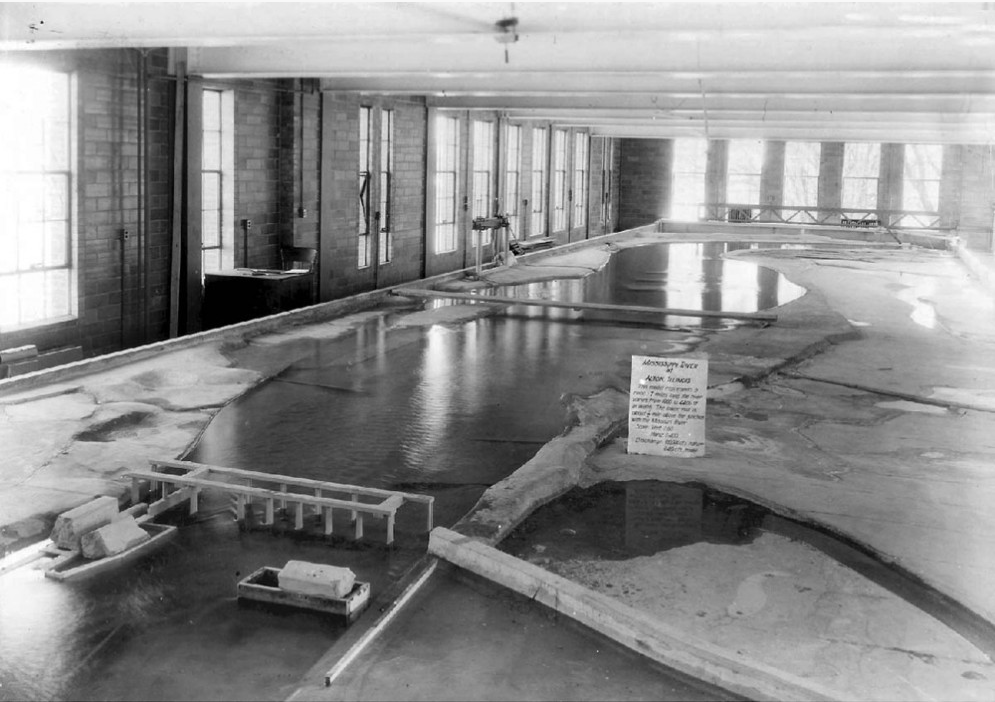
The laboratory’s first researcher and director, Floyd Nagler, develops a program of river surveys and small-scale hydraulic modeling. To more firmly establish and broaden the research program, Nagler formally founds IIHR (then known as the Iowa Institute of Hydraulic Research).
Floyd Nagler oversees the building of the present hydraulics laboratory structure, which boasted more than 50 times as much floor space as the original laboratory.

Attention is transferred to the war effort. IIHR researchers became key players in several U.S. defense efforts, including the development of nozzles for fighting fires at sea, the discovery of methods to disperse fog over British landing fields, investigations of cavitation around torpedo heads, and IIHR’s first studies in ship hydrodynamics.
Hunter Rouse becomes IIHR director. During his 21-year tenure as director, he was instrumental in strengthening IIHR’s fundamental research emphasis and in developing teaching programs for hydraulic engineers. Through his writings, research, and global travels, he established IIHR as an internationally acclaimed innovative research and teaching laboratory.
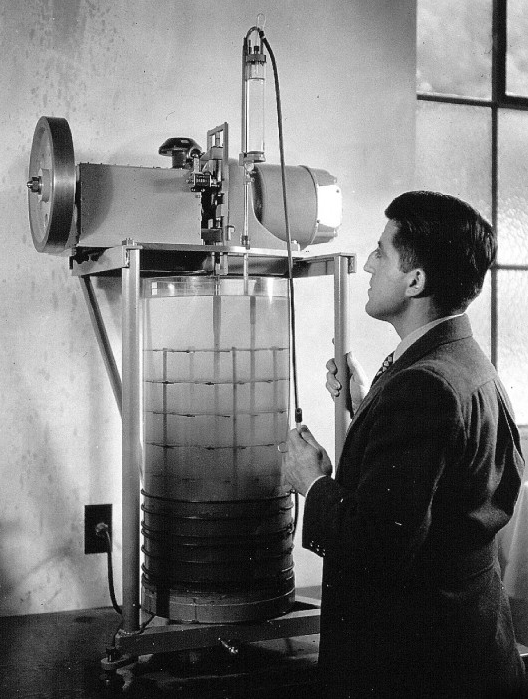
Lou Landweber (second from right in photo below), a theoretician and experimentalist with training in mathematics and physics, reinitiates IIHR’s ship-hydrodynamics studies and remains active in their execution for nearly 40 years. IIHR’s basement river channel, built in 1919 as part of the original Hydraulics Laboratory, is converted to a ship-towing tank—a narrow channel through which small-scale ship models would be pulled and assessed under various circumstances.
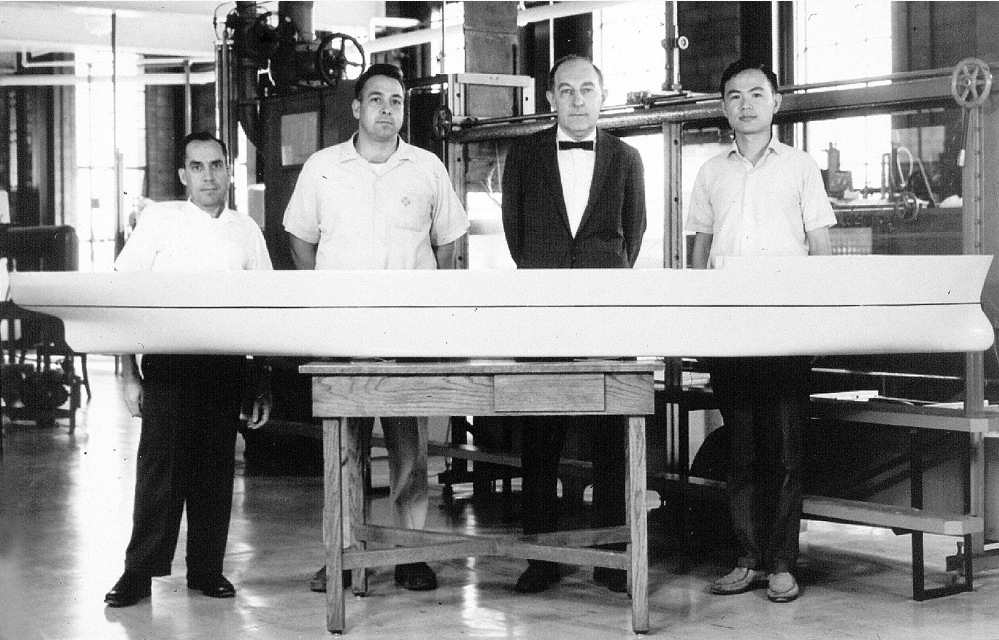
John Fisher Kennedy becomes director of IIHR. He oversaw a tremendous growth in staff and a diversification of research fields, resulting in part from his ability to merge industrial and federal, applied and fundamental research efforts, and funding sources. He initiated research efforts investigating power-plant stations, cold regions engineering, and hydraulic dropshafts, and also broadened research in sediment transport, fundamental fluid mechanics, river engineering and erosion control structures, and other topics.
V.C. Patel arrives on the University of Iowa campus, and subsequently studied and taught hydrodynamics at the University of Iowa for nearly four decades, racking up prestigious awards and appointments and writing four books and more than 200 academic papers along the way. Patel became IIHR director in 1994. During his tenure as director, Patel worked to diversify hydroscience staff, adding important expertise in hydrometeorology, an area of study that has since spun off to form a new research hub focused on flood research and education.
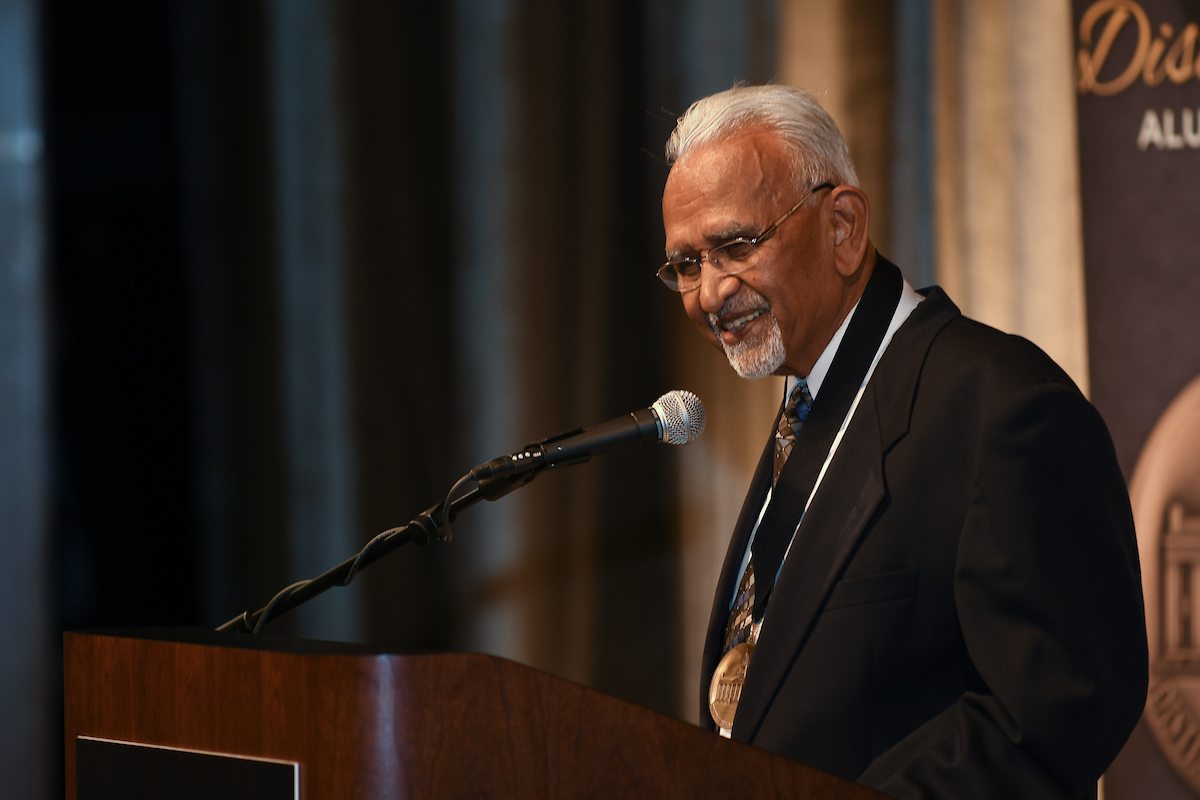
The American Water Works Association designated the SHL as an American Water Landmark. This award aims to recognize and preserve an entity that is at least 50 years old and that has had a direct and significant relationship with water supply, treatment, distribution, or technological development.
Tatsuaki Nakato and V.C. Patel obtain a grant of $1.2 million from the Roy J. Carver Charitable Trust to help open the Lucille A Carver Mississippi Riverside Environmental Research Station (LACMRERS). The station—the first university-owned research facility on the Mississippi River—was designed and equipped to support research and education relating to the Mississippi River, encouraging students and faculty to study the diverse, interacting facets of river science and aquatic ecology. Cutting-edge river research from a variety of academic disciplines is thriving at LACMRERS, and continues to expand and diversify.
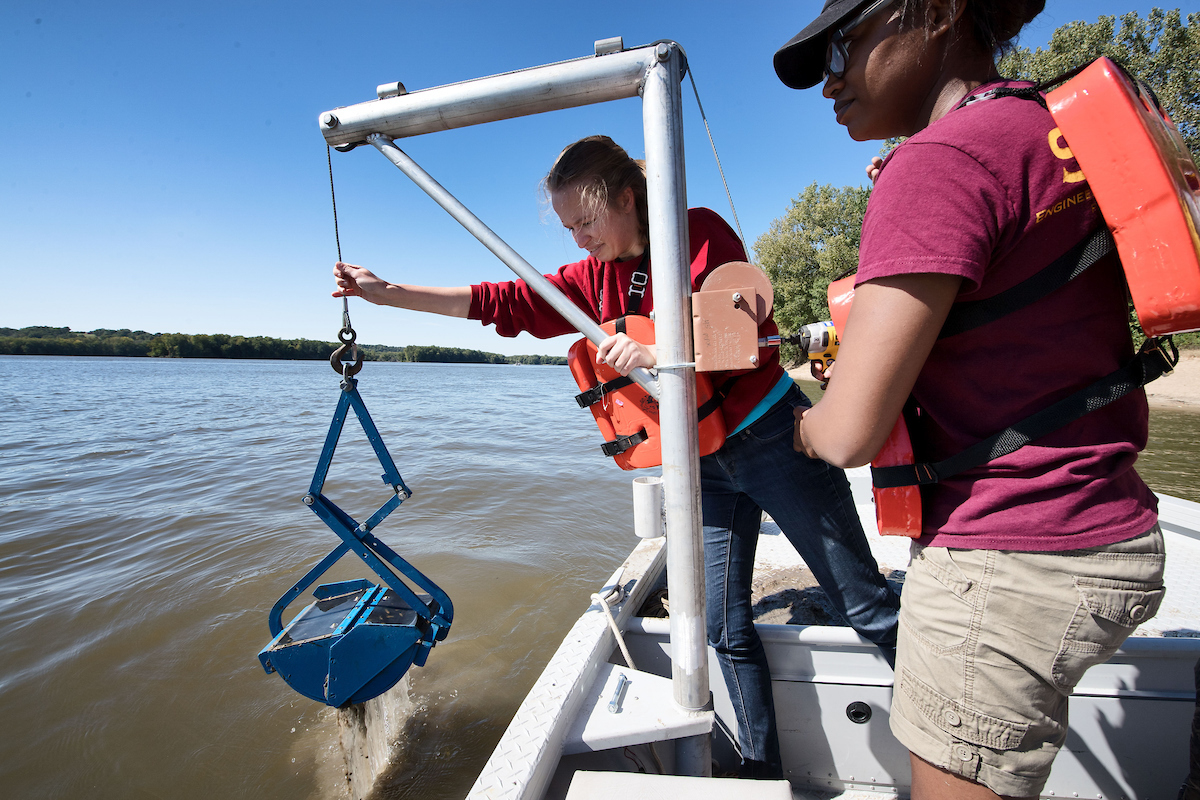
The hydraulics laboratory was renovated in 2002 and renamed to honor UI engineering alumnus C. Maxwell Stanley, who received a UI degree in 1926. Stanley directed the development of his original two-man consulting firm to a 700-member international multidisciplinary consulting organization serving governmental, industrial, and electric utility clients throughout the U.S. and in more than 30 foreign countries.
IIHR Director Larry Weber and Witold Krajewski co-found the Iowa Flood Center (IFC) after the record-setting 2008 floods that devastated Eastern Iowa. In the midst of flood recovery and research, they saw the need for an academic center focused on floods. With several Iowa lawmakers, Weber and Krajewski led the effort to establish an Iowa-based center for flood research and education. Among the IFC’s projects: a cost-efficient sensor network to better monitor stream flow; a library of flood-inundation maps for more than 20 Iowa communities; new floodplain maps for 85 of Iowa’s 99 counties; and a strong workforce with knowledge of flood research, prediction, and mitigation for the state of Iowa.
The Hydraulics Wave Basin Facility opens, providing a state-of-the-art home for ship hydrodynamics research and related education. The facility’s basin, measure 40 meters by 20 meters by 3 meters, accommodates free-model testing in an open body of water for critical analysis of naval vessel maneuverability and seaworthiness. Research engineers test radio-controlled scale-model navy ships under a variety of real-life conditions, created by the basin’s six wavemakers. The free-moving models maneuver like real ships—straight ahead, zigzag, full circle, and even capsize.
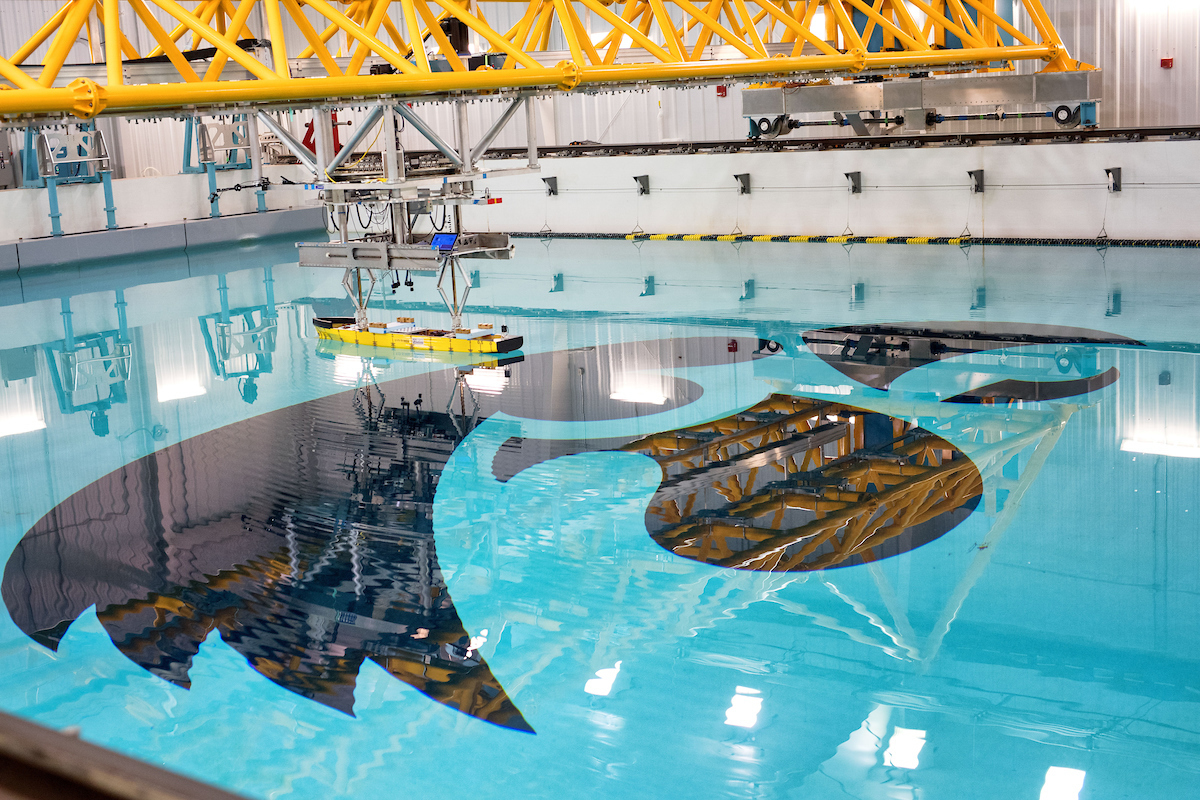
The U.S. Department of Housing and Urban Development awards $96.8 million for the Iowa Watershed Approach, designed to sustain the state’s farm economy while protecting vulnerable communities from flooding and water pollution. Local associations will be formed in nine watersheds around the state to manage nutrient runoff, reduce flood risks, and improve water quality. About $30 million is earmarked for the nine local watershed associations, but more than $11 million will come to the UI to help those entities execute and track their flood-protection and water-quality initiatives. “This is really a holistic approach to watershed resiliency,” says Larry Weber. “We have boots on the ground, technical assistance from state and federal partners, and, on the academic side, we can add the science to that, all for the effectiveness of the watershed program.”
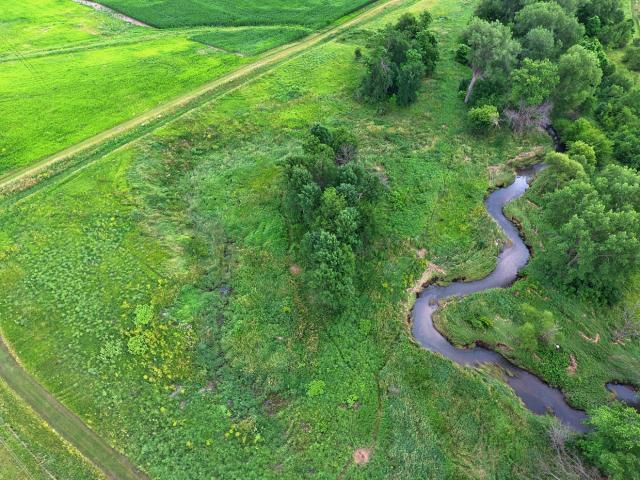
Gabriele Villarini becomes the eighth director of IIHR. Villarini rose through the ranks at IIHR, from graduate student to faculty member and on to associate director, interim director, and now director. “I’ve had the pleasure of experiencing what it means to be part of the IIHR family,” Villarini says. “That culture is something that I’ll work hard to protect and enhance moving forward.”
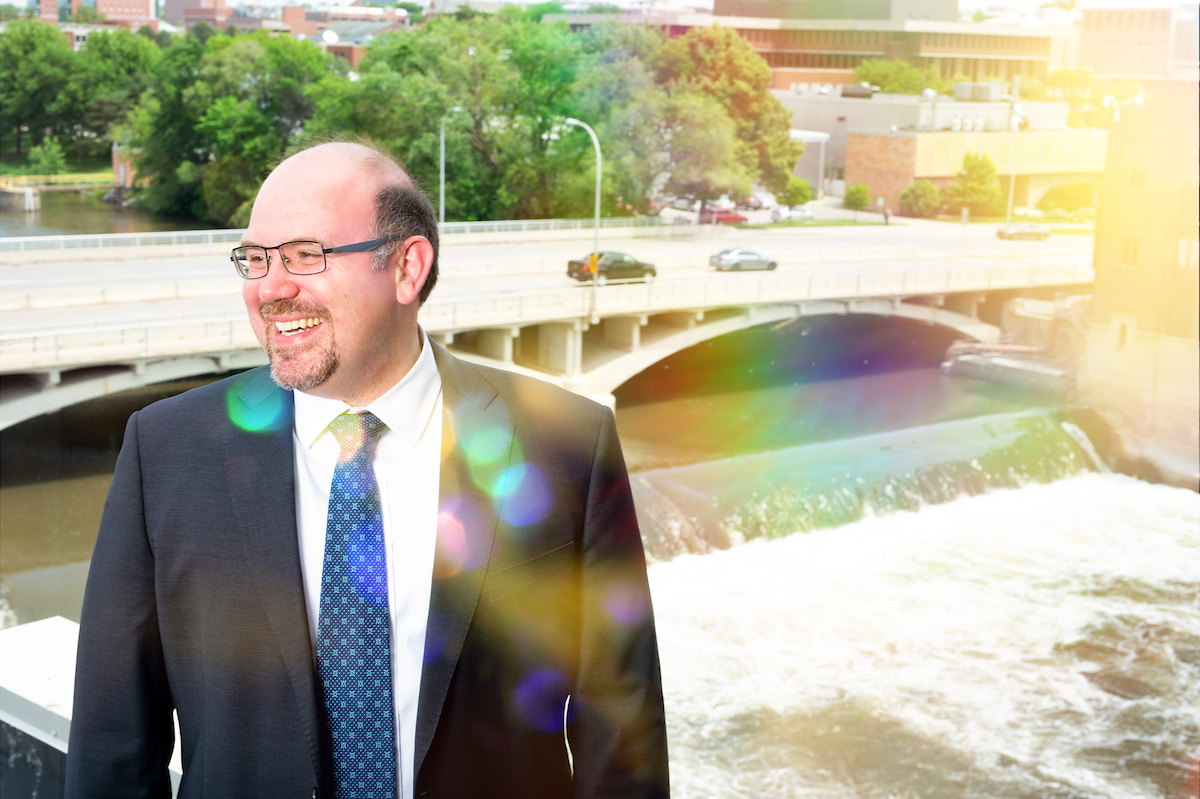
Learn more about hydroscience at the University of Iowa.
